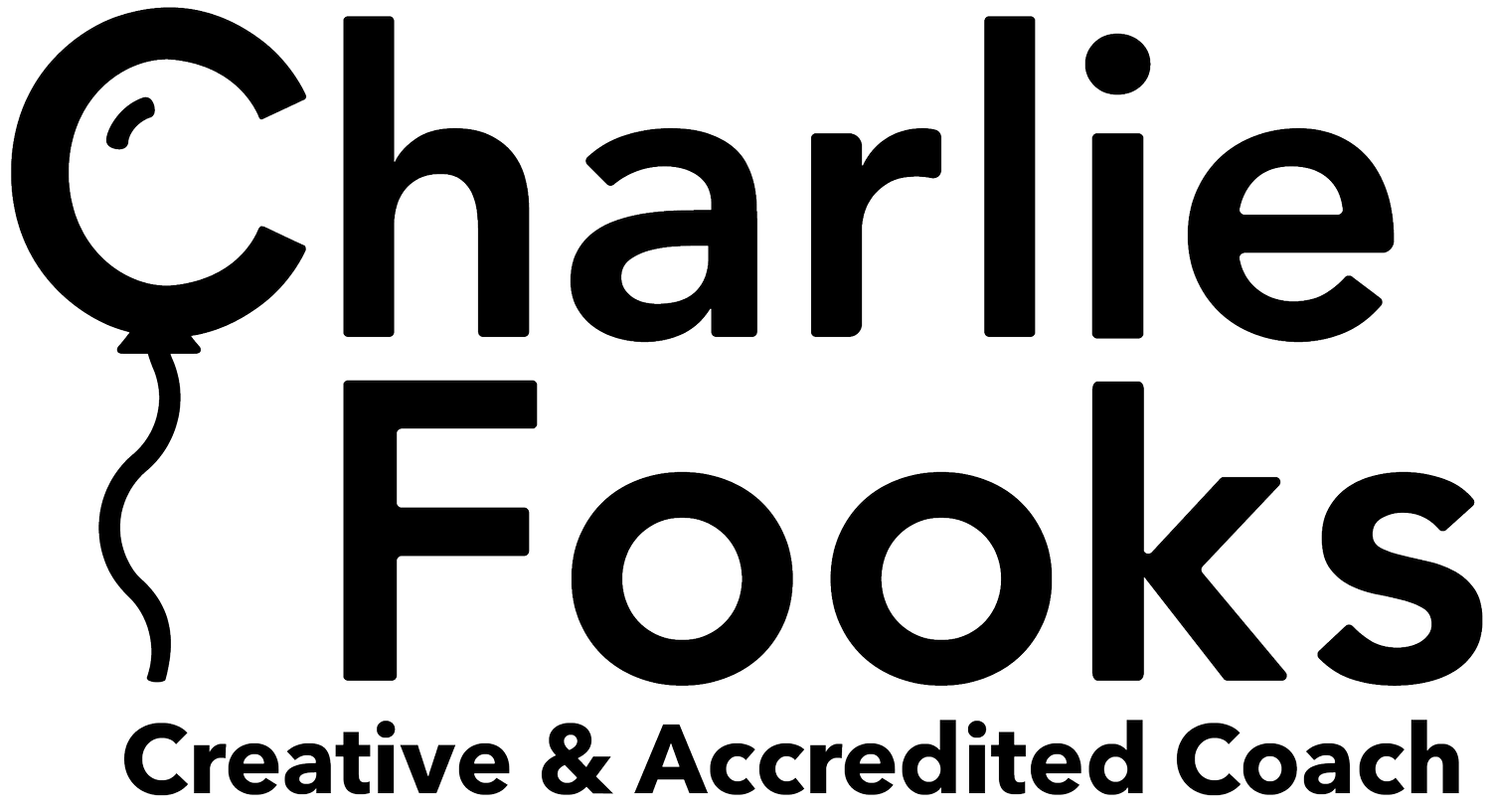Inner child PT2
How to embrace your inner child
“When we meet our inner child we will often discover that our childhood needs were not met - needs for love, safety, trust, respect, and guidance. The absence of these basic conditions may have bought about a state of chronic anxiety, fear, shame, anger, and despair in our inner child. Recurring emotional and physical problems in adulthood are a sign that the inner child is trying to speak”
No questions, we all experience distress or suffering at some point in our lives. Although our fundamental emotional needs not being met happened long ago, we live with the trauma still today. Trauma occurs when our nervous system is overwhelmed and our emotional window of tolerance is surpassed. Trauma is different for everyone.
Day to day, think of your headspace as an orchestra, with your healthy adult mind conducting. Occasionally your inner child will wiggle onto the podium causing havoc. After an interlude of musical chaos, we grab back the baton and get things back on track. We have the capacity to access both the inner child and our adult mind at all times. We are also to recognise when our inner child is triggered. When this happens, rather than allowing them to run around the brain playground, let’s work out the best ways to take good care of them.
Use compassion
To embrace our inner kid, we need to understand them. The same way you’d embrace a real little person, we can use compassion like an affectionate hug. By getting to know the lil guy we can better understand our big grown-up self too.
Being compassionate is the first step towards healing and happiness. (In general and particularly when it comes to our inner child). Compassion is all about recognising that at various points in our lives, we all suffer.
Define: Compassion
“A sensitivity to the suffering of self and others with a commitment to try to relieve and prevent it.” Two fold.
1. A sensitivity to the suffering of self and others is our ability to notice, engage with, tolerate and understand distress.
2. With a commitment to try to relieve and prevent it by taking wise action to reduce or prevent the distress.
Rooted in humanity, compassion brings respect and humility not pity. As a “naturally human, biologically driven trait that is part of our evolutionary makeup” we can all be compassionate. When we are, our fundamental emotional need for nurture is supported. Compassion actually gives us “a sense of agency” allowing us to “feel empowered (and) pay attention to solutions not problems.” Studies have found a connection between experiencing compassion and the ‘action’ regions in the brain, meaning when we’re compassionate, we’re motivated.
We need to start seeing compassion less as a limp pat on the back and more as an incredibly powerful resilience tool. If we take it seriously we can turn it into a useful perspective, both when it comes to our inner child and adult self.
Be curious
If you’re anything like me, self-compassion can be a challenge, so start with curiosity. Curiosity brings intrigue towards new things and a willingness to learn. Rather than pity your inner child, choose to view them as buried treasure worth digging up and understanding. Compassionate enquiry is all about this.
Let them speak
It’s really important to talk. By all means have a chat with your nearest and dearest but speaking to someone who is professionally trained to hold the space and ask the right questions is really useful.
Transactional Analysis’s Ego States is a tool Coaches use to understand behaviour. Developed by Eric Berne, the three Ego States of Parent, Adult and Child are another way to give that little person a voice. Seeing how they show up in all their childlike glory, we can unpick why we acted in a certain way.
Transactional Analysis Ego States, Eric Berne
Make time for play
“Play...gives the mind freedom to explore and work through uncomfortable feelings and experiences...As adults, one of the best ways for us to reduce stress is to slow down and be more mindful - taking in the things that bring us joy in the smallest of ways throughout our day.”
It is holy grail important to have play in our lives. With to-do lists, time restraints and personal demands, it’s so easy to forget to have fun, but we have lots to learn from kids. Lacking responsibilities, they’re incredible at finding joy, being mindful, noticing details and experiencing their surroundings to the fullest. Kids are brilliant at using play and movement to process emotions.
Think back to your favourite kind of play when you were little. Hide and seek, dancing, colouring, hop skotch, dressing up, climbing, cart wheels…next time you have a day off, I dare you to allocate 30 minutes to play (whatever it looks like for you now). Even if it seems silly, grant your inner child some play time and see how you feel afterwards. Maybe you’ll learn something new about yourself, remember something you thought you’d forgotten, or gain a new skill altogether.
Heal
The scars from our childhood still exist and the only way to heal them is to embrace them. Providing our inner child with compassionate curious care, a voice and freedom to play, we are creating a safe and secure space. Giving them the room they need, we can avoid destructive behaviours and make the necessary space for our true selves to flourish in all their glory.
“When we heal the inner child, we heal generations.”








